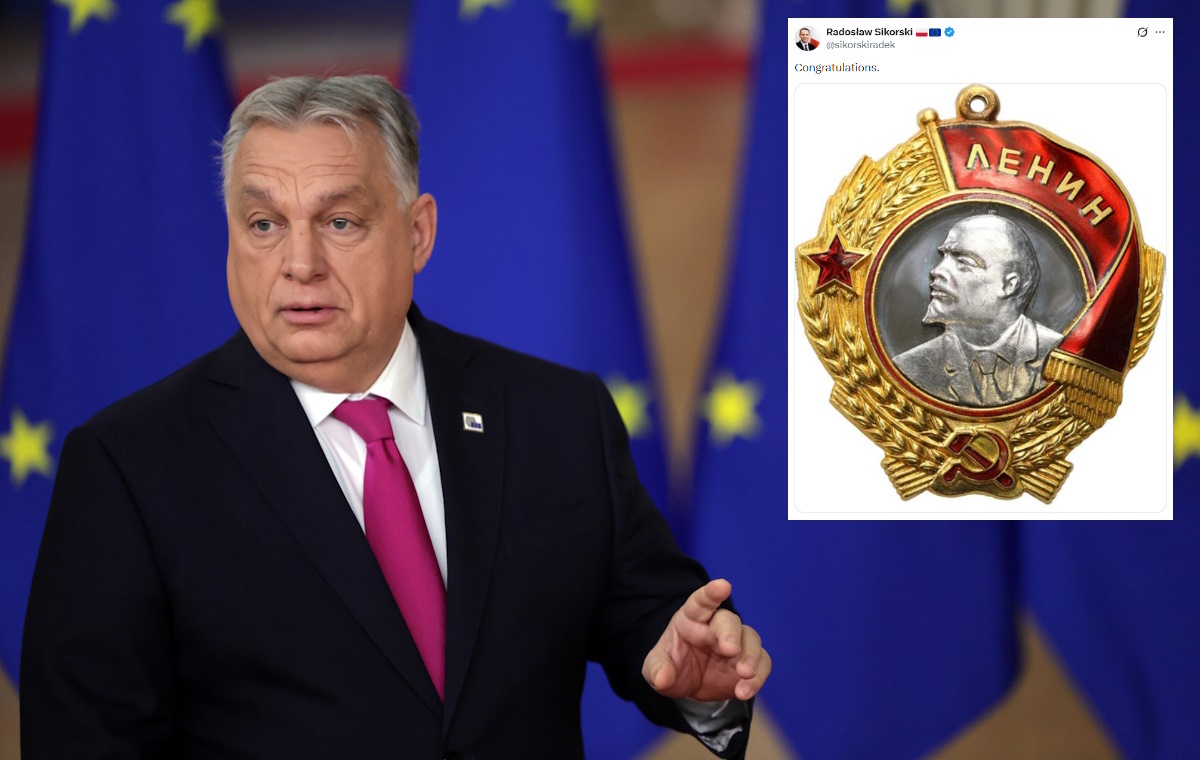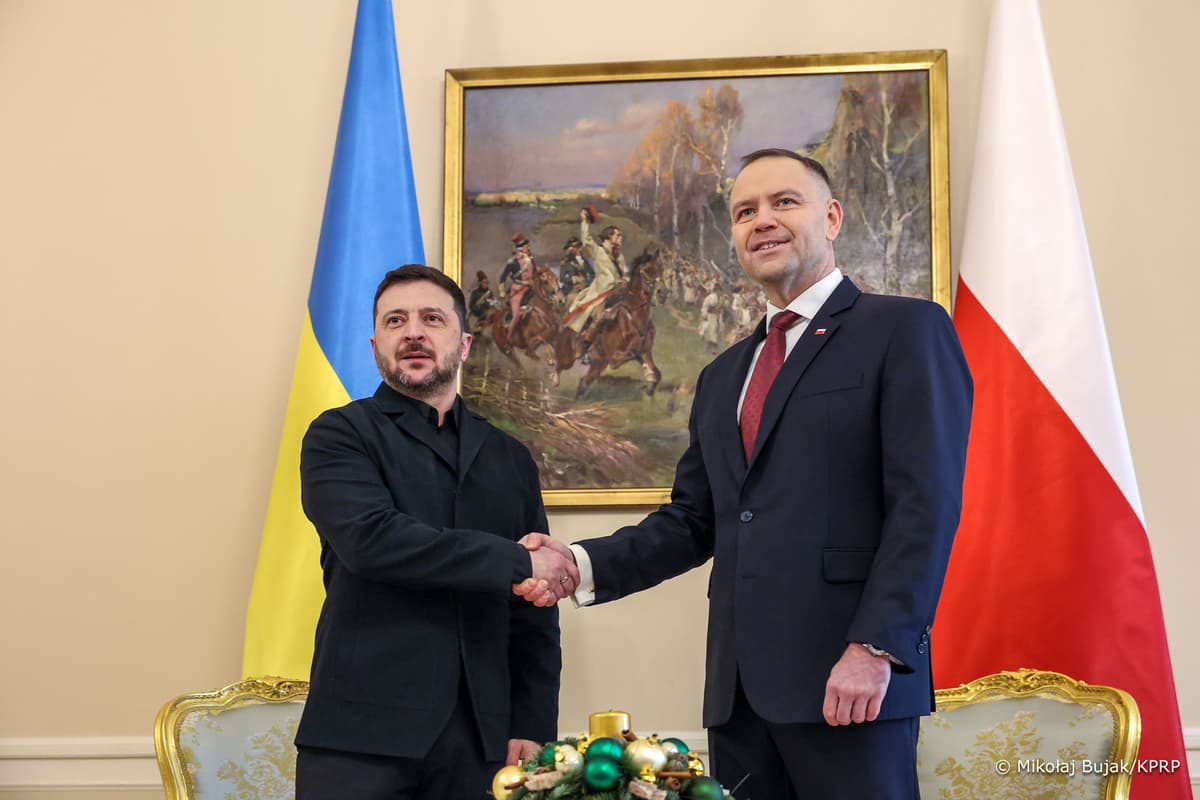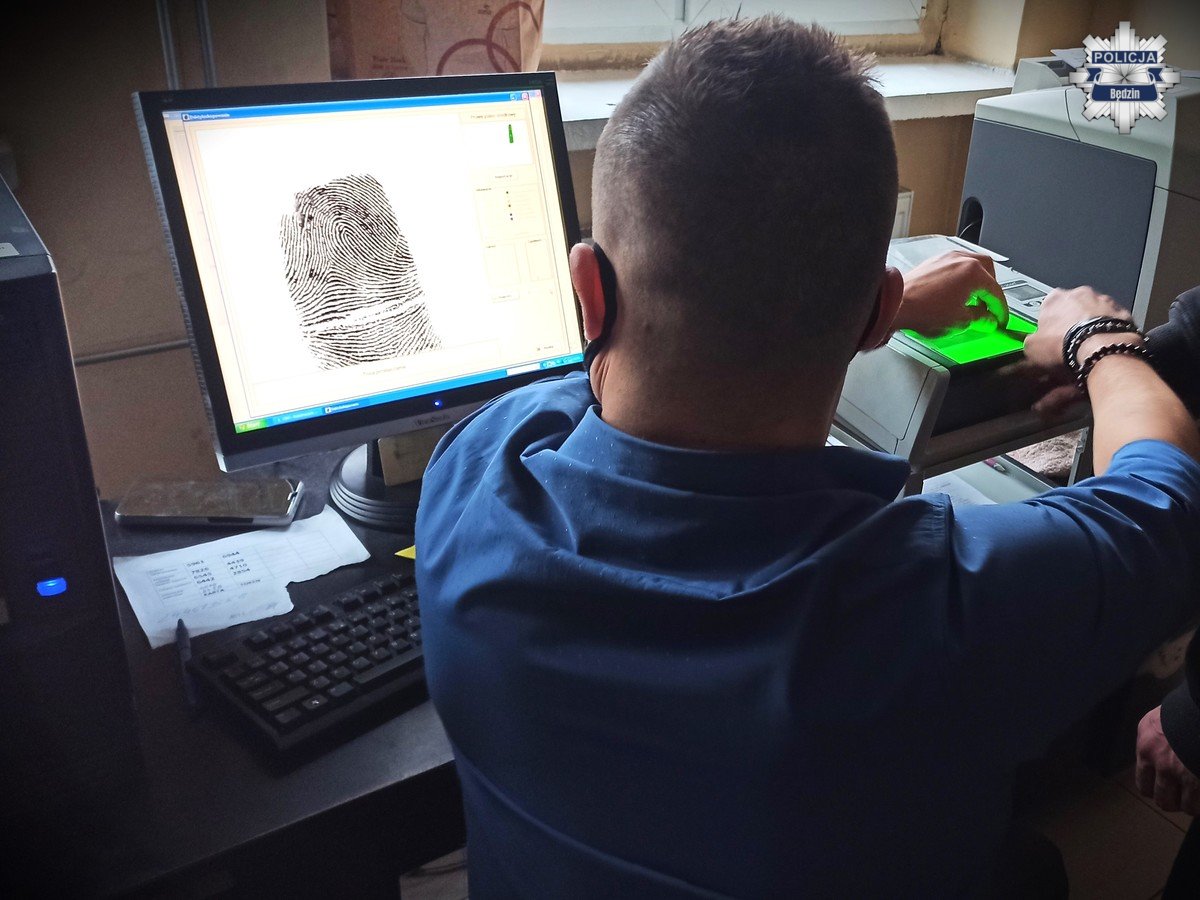April 13: Memorial Day of Katyń Crime Victims Part.1.
date: April 05, 2014 Editor: Agnes
KatynParliamentMemorial DayZSRS
The Day of Memory of Victims of Katyń Crimes was established by the acclamation of the Sejm of Poland on 14 November 2007. From that year on 13 April, we celebrate the memory of all those murdered in Katyn, Mednoje, Kharkiv, Taurus and another places by the NKVD. Although this crime was extended over time, this date is symbolic - that day in 1943 The Germans sent news to the planet about the discovery of death pits in Katyń Forest and about Polish officers murdered there.

Polish War Cemetery in Katyn – outline of mass graves (2005) (for: Wikipedia)
The russian Union didn't officially admit to committing crimes until 50 years later! Unfortunately, the “Western democracies” besides participated in the half-century Katyn lie – for good relations with the Soviets, for political correctness, and above all due to the fact that the Polish tragedy did not celebrate much of these “democracy” erstwhile after the war Poles and another nations of central and east Europe were ready to give in the Pachts to the Soviets. Katyn must be remembered all day, but especially that day.
On Tuesday, March 5, 1940, the People's Commissioner for the Interior of the russian Union Lavrintij Beria sent Josif Stalin a note No. 794/G, in which he wrote that Polish prisoners of war and prisoners held in prisons of "Western Belarus" and "Western Ukraine" are hardened and relentless hopes of improving the enemies of russian power. He proposed to execution them: to analyse without summoning the convicts, without presenting charges, without deciding to end the investigation and without the indictment. Convicted “without indictment”!
This memo, handed over to Poland by Russia in 1992, along with another papers of Katyn crime, is simply a model paper depicting the russian "dimension of justice". Beria was 1 of Stalin's closest associates, inspired many crimes of the russian system, and in 1938-1953 he headed russian safety services. He was 1 of the most repugnant figures among russian state officials, throughout the past of the russian Union.
Beria's "postulate" accepted its own signatures, apart from Stalin: Kliment Woroszylov (a co-organizer of bloody cleansings in the russian army, 1 of its inept "leaders" during the aggression against Finland), Wiaczesław Molotov (a chief contractor of the "great purge" – a genocidal action directed against citizens of the USSR recognized as enemies of Bolshevikism, co-founder of the 4th partition of Poland), Anastas Mikojan (a associate of the russian Politburo), Mikhail Kalininin (a leader of the russian ultimate Council), and Łazar Kaganowicz (a initiator of the "great purge").
A period later, the most notorious and most disgusting crime in the past of modern Europe began present on defenseless prisoners of war.
Prisoners of Kozielsk were murdered in Smolensk and Katyń Forest, where they were dug up by Polish forced laborers in the summertime of 1942, based on information from local Russians. The German authorities decided to usage the russian propaganda crime. On 12 April 1943, and above all on 13 April 1943 Radio Berlin gave a message about the discovery of 12 1000 bodies, as was estimated at the time, Polish officers.
Prisoners of Starobielska were murdered in Kharkov and buried there.
Prisoners of Ostashkov were murdered in Tver and buried in close Mednoje.
There may be doubts as to whether the Katyn crime was the largest crime committed on prisoners of war in terms of the number of murdered. In Auschwitz-Birkenau, Germany murdered a comparable number of russian POWs (approximately 20 thousand), and out of 102 1000 German soldiers from the 6th army of Marshal Friedrich Paulus, taken prisoner in January 1943 under Stalingrad, returned home only 6 thousand, the remaining Soviets murdered or starved. The number of victims of russian crimes on political prisoners of the summertime of 1941 is besides comparable to the number of victims murdered under the order of March 5, 1940. However, the uniqueness of the Katyn crime stems from the long-standing collusion of the global Katyn lie. It so fits not only into the past of war crimes and the past of the Polish Golgot of the East, but besides into the past of investigations into the criminal nature of the russian state strategy and the phenomenon of its over-seven-year duration with the aid of governments and intellectual elites of the alleged "free world".
Prisoners of Kozielsk were murdered in Smolensk and Katyń Forest, where they were dug up by Polish forced laborers in the summertime of 1942, based on information from local Russians. The German authorities decided to usage the russian propaganda crime. On 12 April 1943, and above all on 13 April 1943 Radio Berlin gave a message about the discovery of 12 1000 bodies, as was estimated at the time, Polish officers.
Prisoners of Starobielska were murdered in Kharkov and buried there.
Prisoners of Ostashkov were murdered in Tver and buried in close Mednoje.
There may be doubts as to whether the Katyn crime was the largest crime committed on prisoners of war in terms of the number of murdered. In Auschwitz-Birkenau, Germany murdered a comparable number of russian POWs (approximately 20 thousand), and out of 102 1000 German soldiers from the 6th army of Marshal Friedrich Paulus, taken prisoner in January 1943 under Stalingrad, returned home only 6 thousand, the remaining Soviets murdered or starved. The number of victims of russian crimes on political prisoners of the summertime of 1941 is besides comparable to the number of victims murdered under the order of March 5, 1940. However, the uniqueness of the Katyn crime stems from the long-standing collusion of the global Katyn lie. It so fits not only into the past of war crimes and the past of the Polish Golgot of the East, but besides into the past of investigations into the criminal nature of the russian state strategy and the phenomenon of its over-seven-year duration with the aid of governments and intellectual elites of the alleged "free world".
The signatures at the "request", submitted by members of the WKP(b) Politburo, predecessor of the Communist organization of the russian Union, and by the president of the ultimate Council of the USSR leave no uncertainty about 1 thing: the Katyn crime was a state crime, with the "prosecutions" and "judges" being the highest leaders of the criminal, totalitarian russian state.
Polish officers and soldiers frequently had the choice of German or russian captivity. They mostly chose to surrender to the Soviets, expecting a better fate, due to the fact that the Republic was not at war with the russian Union. It was a tragic mistake. Officers taken prisoner in Germany survived the war in the olags. Those who got into russian hands were dying in Katyn, Kharkiv and elsewhere, going to prisons as political and dying during the terrible days of the end of June and July 1941, erstwhile the Germans attacked the russian Union and had to “evacuate” prisons. Some, completely unidentified, but considered suspects, died in the camps.
Polish prisoners in russian camps were not protected by law due to the fact that the Soviets were not signatories to the Geneva and Hague conventions. However, this does not change the moral assessment of the crime committed, especially as it bears all the features of the crime of genocide, which is not time-barred. In addition to the conventions written in the form of global agreements, the prisoners are protected throughout the civilized planet by unwritten law, prohibiting the killing of the unarmed.
The russian authorities, despite the efforts of the Polish government in exile, never made available lists of Polish officers in russian camps – neither Poles nor the global Red Cross. most likely due to the fact that the crime was planned from the beginning alternatively than only in March 1940. It was to take place after the end of the “reunion” and so it did. The question remains why the Soviets allowed officers to communicate with their families. The answer is simply a list of deportees inside the Union of russian fathers, mothers, wives and children of these officers! The russian extermination of “class enemies” was the “extermination” of these enemies “to the roots”. It's an old Bolshevik practice. After the nightly arrest of the “enemy of the people” by Wait, the household could anticipate the same. Address letters, which were created from Enkavud's correspondence mirroring of our officers, later became letters of the deported – the closest people to them.
There are various numbers of victims of a crime based on an order of March 5, 1940. In March 1959, the head of the KGB Andrei Szelepin prepared for Nikita Khrushchev, the then Secretary-General of the National safety Council, a memo showing that under this order the Soviets murdered a full of 21,857 officers and political prisoners, 97% of Polish nationality. We do not know what Szelepin was based on, but he surely did not lie to the general secretary of the Communist russian Party.
Piotr Szubarczyk
♪ I can't believe it ♪
♪ I can't believe it ♪
















